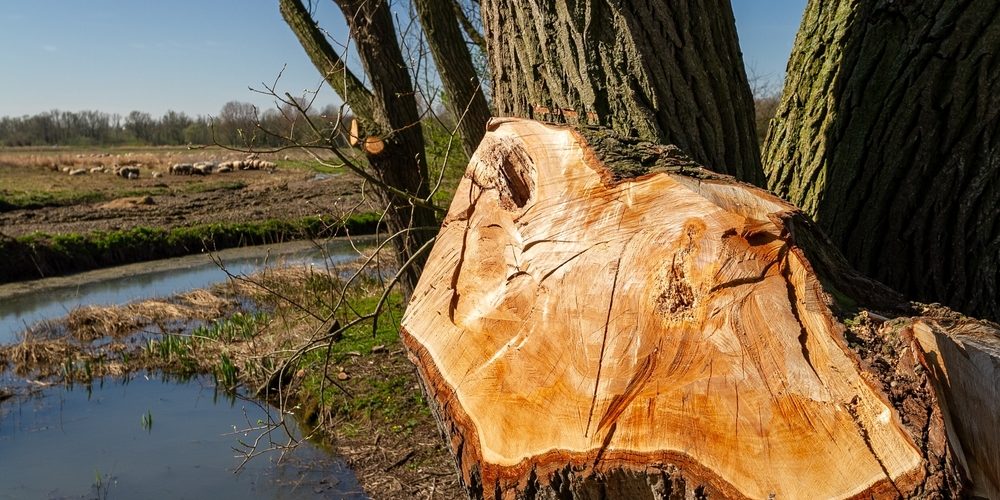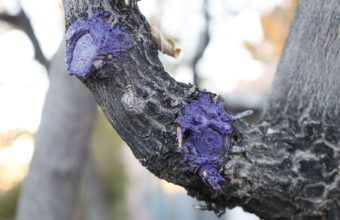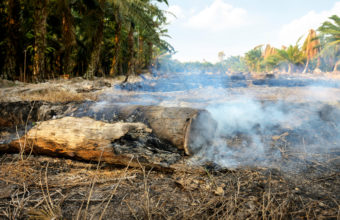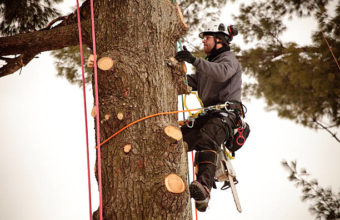Proper tree trimming, when done correctly and with the tree’s health and structural integrity in mind, can promote a tree’s strength and longevity. Understand that not all types of trimming or pruning automatically make a tree stronger. The key lies in using appropriate pruning techniques and focusing on the tree’s specific needs and goals.
Here are ways in which trimming can enhance a tree’s strength…
- Removing Dead or Diseased Branches – Trimming to remove dead, dying, or diseased branches is one of the aspects of tree care. Dead or unhealthy branches can become weak and prone to breakage, posing safety hazards. Removing them allows the tree to redirect resources to healthier branches and prevents further decay or disease spread.
- Reducing Excess Weight – Trimming can reduce excess weight on a tree’s branches. This is especially important during heavy snw or ice events, as it helps prevent limb breakage and minimizes the risk of damage to the tree’s structure.
- Thinning the Canopy – Thinning the canopy by selectively removing branches can improve air circulation and reduce wind resistance within the tree. This can help prevent windthrow (the toppling of trees due to strong winds) and reduce the risk of storm damage.
- Improving Structure – Structural pruning can correct or enhance a tree’s natural form by removing competing or weak branches. This promotes a more balanced and stable canopy, reducing the risk of branch failure.
- Reducing Competition – Trimming to reduce competition among branches can improve the overall health of the tree. By removing overcrowded branches, the tree can allocate resources more efficiently to support stronger growth.
- Managing Weak Crotches – Trimming can help manage weak branch unions or crotches, where branches attach to the main trunk. Reducing the length of overextended branches can strengthen these unions and prevent them from splitting apart.
- Promoting New Growth – Properly timed and executed pruning can stimulate new, healthy growth by encouraging the development of new branches and foliage.
Excessive or improper pruning, such as topping (cutting off the main leader or upper branches), can weaken a tree, promote weak growth, and lead to structural issues. Topping is generally discouraged and can be harmful to a tree’s health and long-term stability.
To ensure that trimming makes a tree stronger, it should be performed by trained professionals, such as certified arborists or tree care experts, using proper pruning techniques. They can assess the tree’s condition, understand its specific needs, and tailor the pruning to enhance its health and structural integrity while minimizing stress and potential harm.






